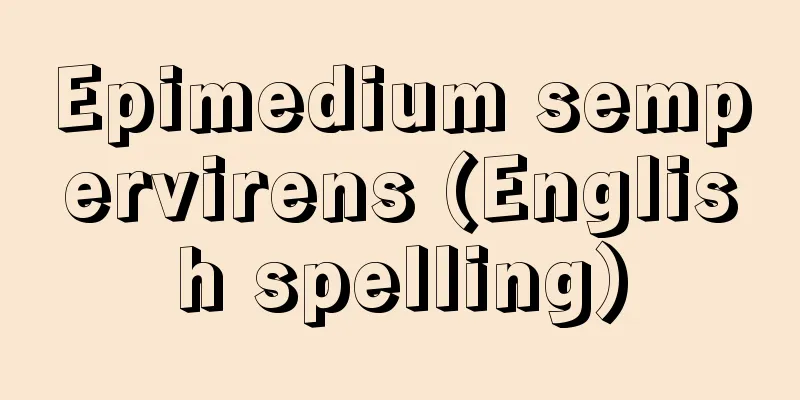Covalent bond - Kyoyuuketsugou (English spelling) covalent bond
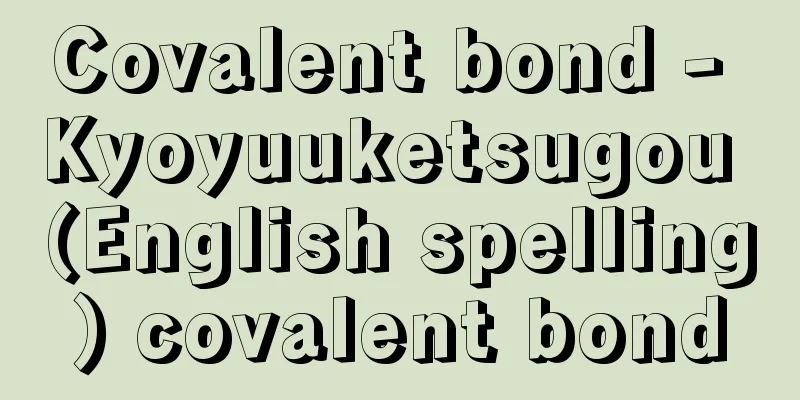
|
A chemical bond formed when two atoms share an electron pair (a pair of two electrons with opposite spins). It is also called an electron pair bond. In contrast to ionic bonds, which are called heteropolar bonds, it is sometimes called a homopolar bond. It can also refer to cases where one or three electrons are shared instead of two. All chemical bonds are formed due to electrons, but formally speaking, an ionic bond is when the two atoms that are bonding each donate one electron to each other to form an electron pair, which is then completely transferred to one side, while a covalent bond is somewhere in between the two atoms. In theoretical treatment of ionic and covalent bonds, these two extreme states are considered, but in actual chemical bonds, it is often better to say that they are not so extreme, but rather lie somewhere between them and lean towards one side. Therefore, chemical bonds with strong covalent elements are simply called covalent bonds. Furthermore, when the shared electron pair is not formally provided by both atoms, but is provided by only one atom, the covalent bond is distinguished as a coordinate bond (semi-polar bond). [Nakahara Katsunori] "How to Look at and Think about Chemical Bonds" by Shoichi Fujitani, Kyozo Kinomura, and Takeshi Ishihara (1987, Ohmsha)" ▽ "Easy-to-Understand Physical Chemistry" by Masao Sekizaki (1988, Kyoritsu Shuppan)" ▽ "The Fundamentals of Physical Chemistry" by Jun Yamauchi, Tsuyoshi Hirayama, Hitoshi Taniguchi, and Nagao Azuma (1989, Asakura Shoten)" ▽ "Brady's General Chemistry, Vol. 1, by James E. Brady and G. E. Humiston, translated by Nobuyuki Wakayama, Masami Ikkuni, and Yasuo Oshima (1991, Tokyo Kagaku Dojin)" ▽ "Organic Chemistry: The Basics of Basics -- 100 Concepts" edited by Yoshinori Yamamoto (1997, Kagaku Dojin)" ▽ "Chemistry's Do-Re-Mi-Fa 2: Understanding Ions" by Masanobu Yoneyama (1997, Reimei Shobo)" ▽ “Beginners Organic Chemistry” by Jun Kawabata (2000, Kagaku Doujin) ▽ “Revised edition of “Basic Inorganic Chemistry” by Masami Ikkuni (2008, Shokabo)” [Reference] | | | | |Source: Shogakukan Encyclopedia Nipponica About Encyclopedia Nipponica Information | Legend |
|
二つの原子が、電子対(逆向きのスピンをもつ1組2個の電子)を共有することによって生ずる化学結合をいう。電子対結合ともいう。また、イオン結合を異極結合というのに対し、等極結合ということもある。そのほか2電子ではなく、1電子あるいは3電子が共有されるような場合をも含めていうことがある。 化学結合はすべて電子が原因となって生成するわけであるが、形式的にいえば、結合する2原子が互いに1個ずつの電子を出し合って電子対をつくり、これが完全に一方に移ってしまうのがイオン結合であり、二つの原子のちょうど中間にあるのが共有結合であるといえる。イオン結合や共有結合の理論的取扱いには、このような両極端の状態を考えるが、実際の化合物中での化学結合では、そのような極端ではなくむしろそれらの間にあってどちらかに偏っているとしたほうがよい場合が多い。したがって共有結合的要素の強い化学結合を単に共有結合といっている。 また共有される電子対が、形式的に二つの原子から供給されたものではなく、一方の原子からのみ供給されたものであるとき、その共有結合を配位結合(半極性結合)といって区別している。 [中原勝儼] 『藤谷正一・木野邑恭三・石原武司著『化学結合の見方・考え方』(1987・オーム社)』▽『関崎正夫著『わかりやすい物理化学』(1988・共立出版)』▽『山内淳・平山鋭・谷口仁・東長雄著『物理化学の基礎』(1989・朝倉書店)』▽『ジェームズ・E・ブラディ、G・E・ヒューミストン著、若山信行・一國雅巳・大島泰郎訳『ブラディ 一般化学』上(1991・東京化学同人)』▽『山本嘉則編著『有機化学 基礎の基礎――100のコンセプト』(1997・化学同人)』▽『米山正信著『化学のドレミファ2 イオンのことがわかるまで』(1997・黎明書房)』▽『川端潤著『ビギナーズ有機化学』(2000・化学同人)』▽『一國雅巳著『基礎無機化学』改訂版(2008・裳華房)』 [参照項目] | | | | |出典 小学館 日本大百科全書(ニッポニカ)日本大百科全書(ニッポニカ)について 情報 | 凡例 |
Recommend
Red dumplings - Akadango
〘Noun〙 (From the fact that mugwort used to make du...
Mysida
…A general term for the family Mysidae and relate...
Zoisite (English spelling)
A type of epidote group mineral. It is also called...
Hyrkanos II
? - 30 years ago King and high priest of the Macca...
Forgery - Gisho (English spelling) imposture
A book that has been created by falsifying the con...
Sanitary ware - sanitary ware
Ceramic sanitary ware such as washbasins and toil...
Mesh size - and
…Amido means a fishing spot or a fishing area, an...
Angelica Uchiyama (English)
…[Murata Gen] [Nitta Aya]. … *Some of the termino...
beehive tomb
...Then, a horizontal passageway runs from the si...
Reproduction
The act of producing something similar to the ori...
Abstract art
...translate of abstract art. The terms non-figur...
Kaguraoka
Another name for Mount Yoshida in the southern par...
Hidden gun - Hidden gun
In the Edo period, opposition arose to the practi...
Abū Ma`shar al-Balkhī
[Born] August 10, 787. Khorasan, Balkh [died] Marc...
Takase Dam
A rockfill dam dedicated to power generation locat...
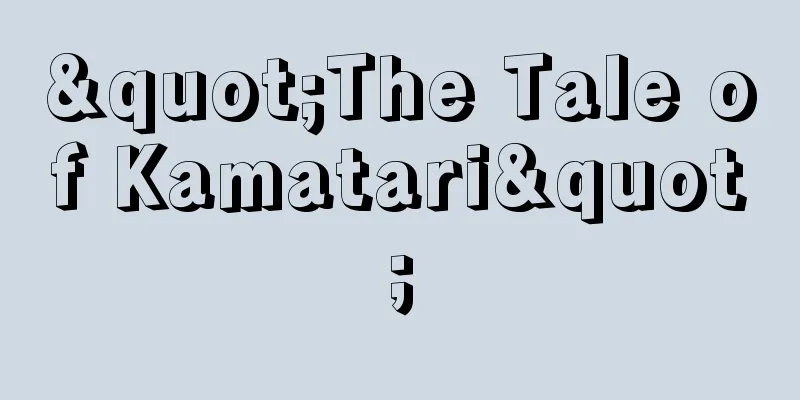

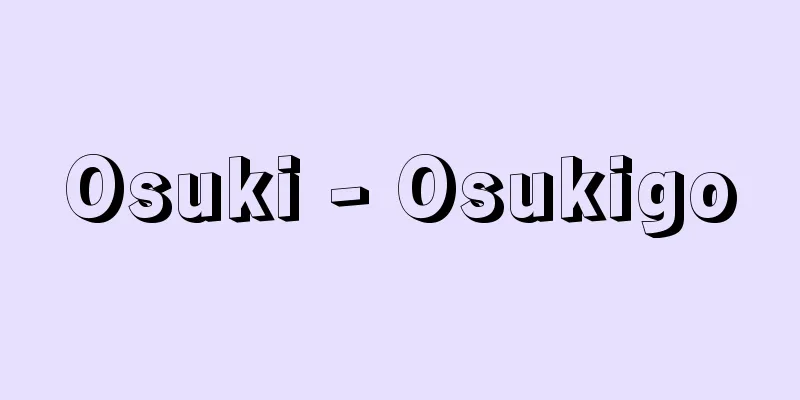
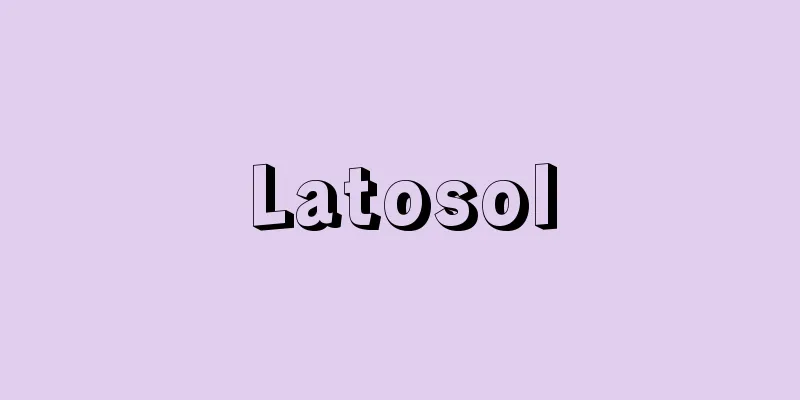

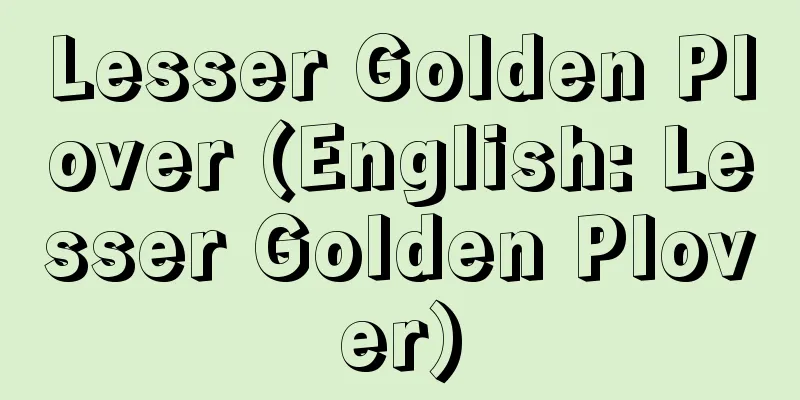
![Atsushiokano [village] - Atsushiokano](/upload/images/67cad523c8b0b.webp)

![Shimoji [town] - Shimoji](/upload/images/67cbcb592ffe1.webp)
